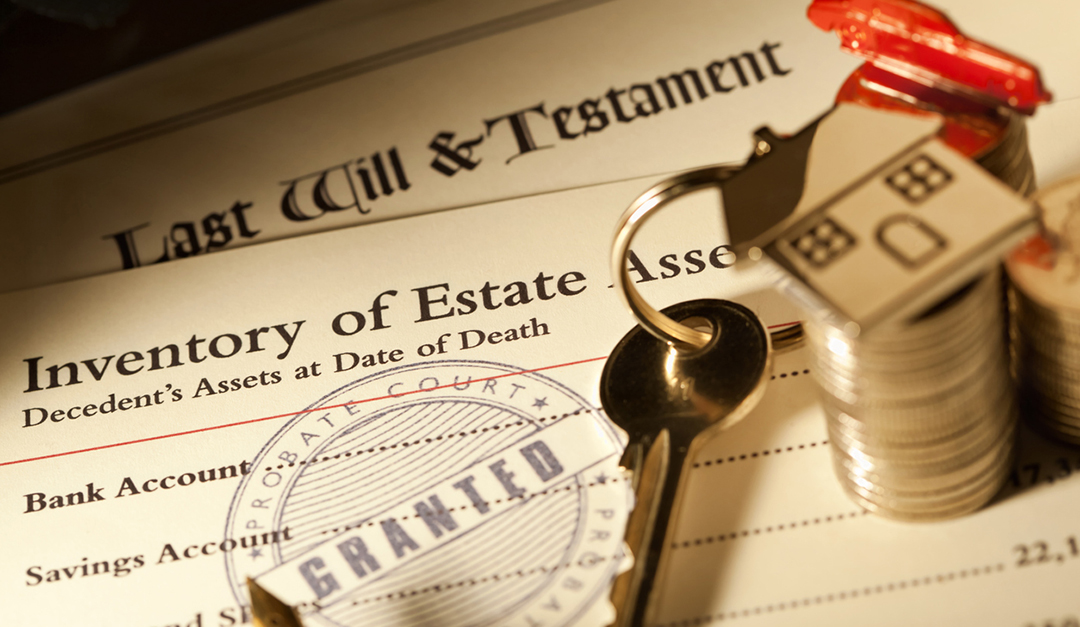Losing a family member is never easy. Neither is figuring out how to deal with the home and possessions they leave behind. It often falls to real estate agents to help those who inherit homes from their departed loved ones. While navigating this emotional time can be tough, it can also be very rewarding to help home sellers make their way through this difficult process. Find tips and insights from Brooke Cribbs, a popular DIY and organization blogger who recently gained firsthand experience with the intricacies of death, taxes and selling a home, to make the complex selling and grieving process easier for your clients.
Cribbs of the CribbsStyle blog helps her website visitors tackle the chaos of life one organization and DIY project at a time. In early April of 2019, her mother passed away unexpectedly. As an only child, she found the responsibility of selling her mother’s home rested on her. Before her passing, Cribbs’ mother took steps to make the process simpler for her daughter, but not everyone is so lucky.
While no one likes to think about their eventual death, Cribbs recommended homeowners set up their home’s deed to transfer on death: “A lot of people assume that everything has to go through probate court, but on the deed to the home, you can do a transfer upon death so that you don’t have to wait on probate, which can take a while.”
After all, she stressed, “Life happens, and not on your timetable.”
Here are Cribbs’ tips to selling a home after a loved one’s death:
First, your client needs to find a good estate attorney to walk them through paperwork like the will and death certificate. Once they have their documents in order, it’s time to contact their real estate agent. According to Cribbs, “having someone in my corner who knew what a good asking price would be was essential.”
Websites like Homes.com have agent directories where sellers can find dependable agents like you, whether the home they inherited is across the street or across the country.
“Having those people you can depend on to help you stay focused through the process” is essential during this transition, Cribbs explained.
Sharing step-by-step guidelines and processes on how to sell their home can save your client “time, energy, money and emotion.” Cribbs explained that “it’s a lot different when you’re not selling your home…you’re essentially stepping into somebody else’s life” and trying to get their home ready to list.
One of the first things you’ll need to do before you can list is decide what to do with your loved one’s possessions. Cribbs kept important personal items like photo albums and home movies, and then decluttered and deep-cleaned the house so that her agent’s photographer could take the listing photos while there was furniture in the house. After that, she hired an auction agency to pack up, move and sell the remaining possessions in the home.
“I had all the pictures taken with all the furniture inside, but also pared down, purged, decluttered, and then, after the listing pictures were taken, the auction company came in. They packed everything up and moved everything out, which was huge to me.”
Your client may also wonder what expenses they will need to pay to get the home ready to sell. Repairs, renovations and the home’s mortgage may all need to come out of pocket.
“You hope that had life insurance. You hope that there is money in the bank account, but sometimes that stuff takes time to get to you.”
For a long-distance sale, there are even more considerations to make. Your client can hire a landscaper to look after the home to keep up curb appeal. Hiring someone to come by and clean the house a few times a month will also ensure the home is ready for showings. Cribbs also suggested using a video doorbell, which will allow your seller to keep an eye on the house and monitor if anyone comes by. This also has the benefit of making the home seem occupied, and adds a bit of peace of mind.
One of your main goals should be to “get that house as show-ready as possible. You want to list it for a really good price that’s going to sell. You want to make a profit, but you also don’t want it to stay on the market. You want it to hit hard and fast and you want it to sell.”
The time your clients spend selling their home takes time away from the grieving process. Above all, Cribbs suggested that you just have to buckle down and do it.
“It’s staying focused to just get it done, because the quicker you get it done, the more efficient you are at getting it done, then you can move on to the real grieving. It’s going to take time.”
To share Cribbs’ interview with your clients, visit the Homes.com Facebook page here. You can also find tons of other great resources to share with your clients on the Homes.com blog here.
 Patty McNease is vice president of Brand Marketing at Homes.com. For more information, please visit marketing.homes.com.
Patty McNease is vice president of Brand Marketing at Homes.com. For more information, please visit marketing.homes.com.











